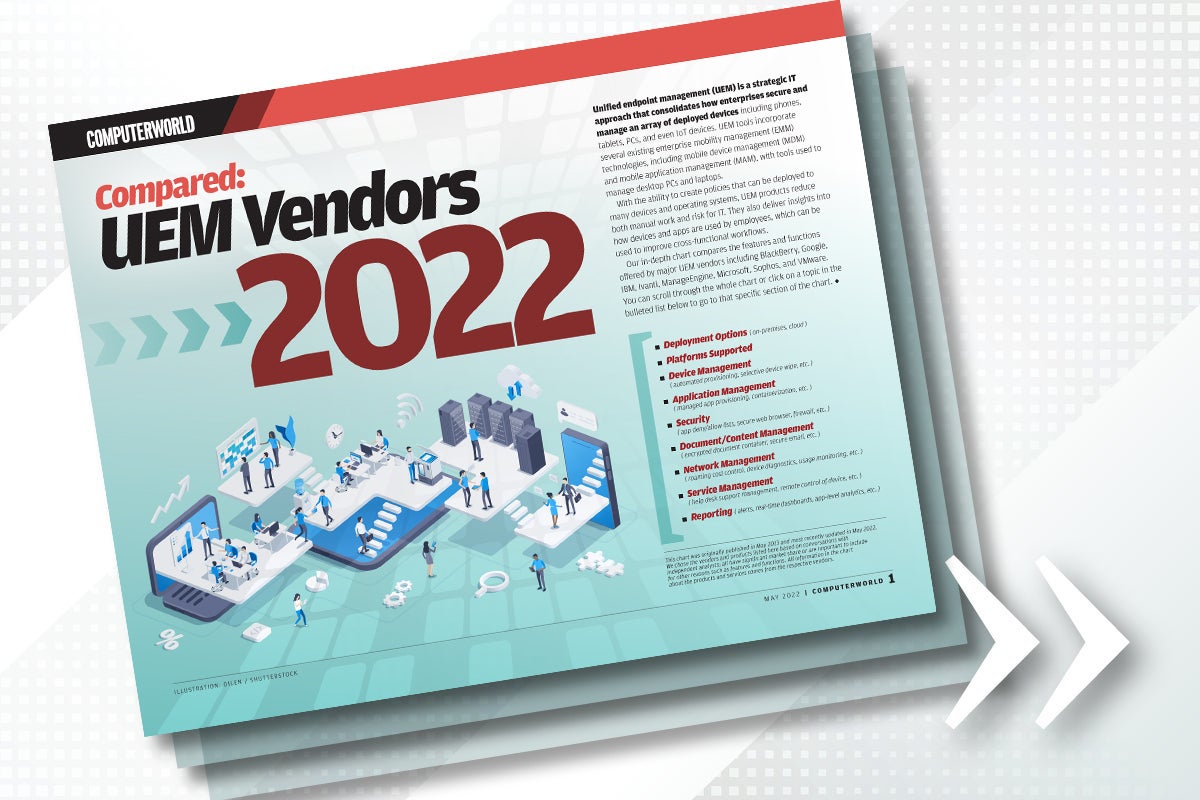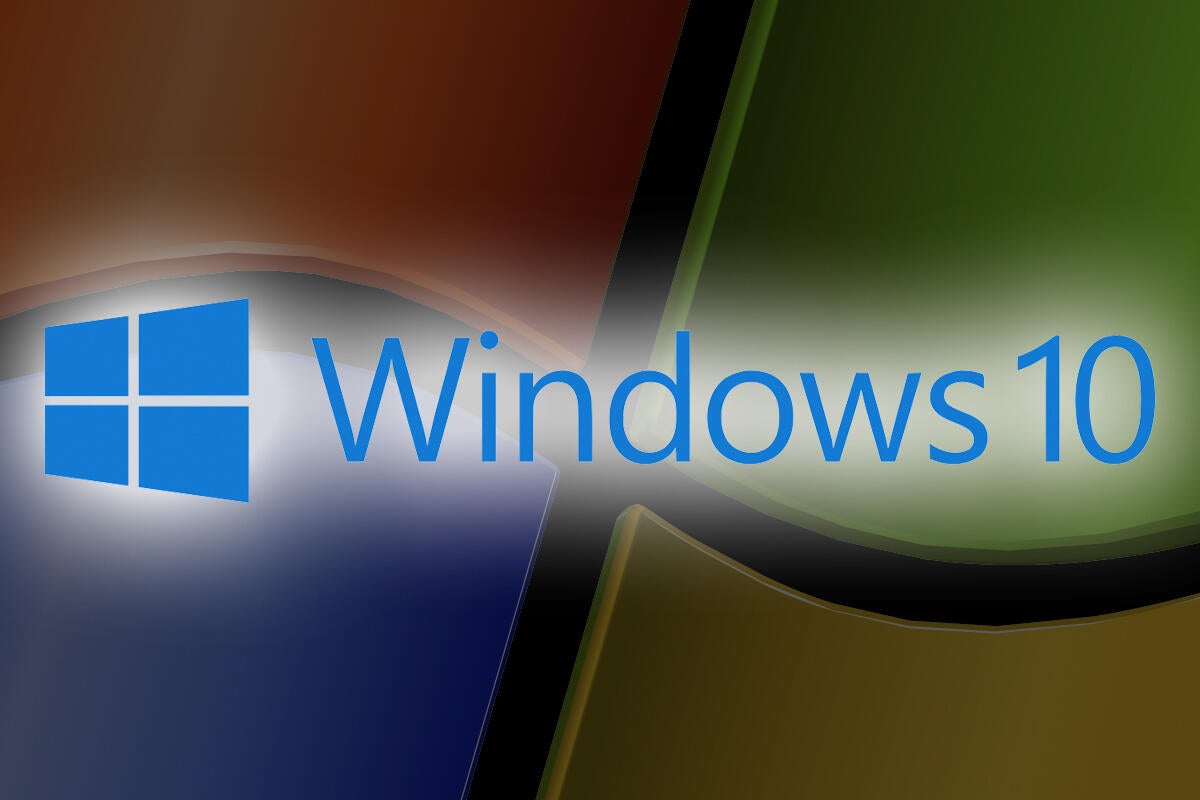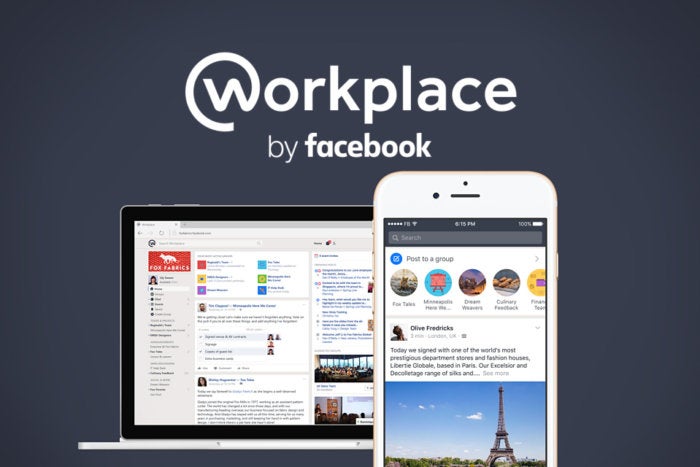Everyone in the enterprise loves the web browser when it’s delivering news, email, documentation, and sales leads. With the shift to web apps, it’s arguably the most important installed software on any corporate desktop. But the internet is filled with people who aren’t nice — sometimes even dangerous — and the same browser can also bring viruses, rootkits, and worse. Even if the browser sits on a little-used desktop in a dusty corner with no access to sensitive information, an attacker can use the seemingly unimportant machine as a stepping stone.
Keeping your users’ browsers secure is essential. The browser companies work hard to block the attackers by sealing the back doors, side doors, and cracks in between, but that isn’t always enough. Some useful features have dark sides, and enterprises can increase security dramatically by shutting down or tightly limiting access to these options.
To read this article in full, please click here







